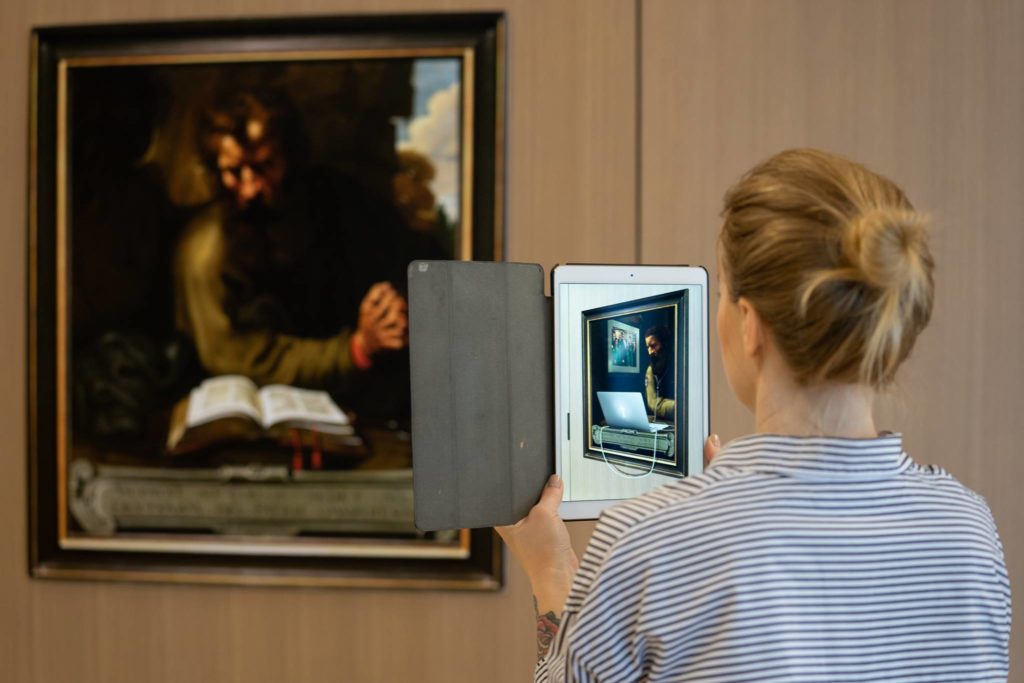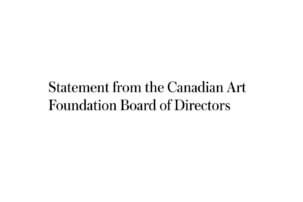How much are Canada’s arts and culture charities—many art galleries and museums included—accountable to their publics? How well are leading national arts and culture organizations telling the story of the public good they deliver? And how can arts and culture charities improve their transparency?
All of these are questions evoked by a recent study that calls out Canadian arts and culture charities for poor performance. The Maclean’s/Moneysense Charity 100 was distributed last month and draws upon data from research organization Charity Intelligence.
“Arts and culture organizations underperformed their peers on every criterion Maclean’s studied in its ranking of the top 100 Canadian charities,” Claire Brownell writes. “Art galleries, museums, symphonies and other similar organizations spent more on overhead and fundraising. They were also less clear about how donors’ money is being spent and the tangible results it delivers.”
Each charity in the Charity 100 was rated out of 100 points. 40 of those points were dedicated to charity transparency—that is, posting audited financial statements and providing donors with “a data-driven analysis of how they’re affecting change.” 30 points were awarded for financial efficiency—how much of charity’s total revenue is eaten up by administrative costs, and how much it costs a to raise a dollar. 15 points rated need for funding—that is, using donations for programs rather than saving up in reserves. And 15 points went to rating executive-director salary—which needs to be neither too high nor too low for sector and organization budget.
“72% of all charities in our database have their audited financial statements available on their website for donors to see—but for arts and culture charities it is only 47%…. That’s not acceptable in this day and age,” says Greg Thompson.
“As a group, arts and culture charities performed worse than their peers overall and in almost every category,” Claire Brownell writes in Maclean’s. “The average final grade for all charities was a C, while the average final grade for arts and culture charities was a D+….. Six arts and culture charities out of 28—or 21 per cent—earned a final grade of F, with just 13 per cent of charities from all sectors earning a failing grade.”
Greg Thompson, director of research at Charity Intelligence Canada, tells Canadian Art there are more than 30 arts and culture organizations in its database—a swath including major art galleries, museums, symphonies, theatres and the like across the country.
Thompson says transparency is where most of the arts and culture charity sector needs to improve if it wants to bring its Charity Intelligence rating in line with the rest of the non-profit world.
“We are looking for charities to be transparent with their financial statements: to let donors know where their money is going and why it is going there. That is where the arts and culture charities fell down,” Thompson tells Canadian Art.
“72% of all charities in our database have their audited financial statements available on their website for donors to see—but for arts and culture charities it is only 47%.” Thompson says. “Less than half of arts and culture charities [in our database] had their financial statements available online. And that’s not acceptable in this day and age. Any donor who wants to take a quick look should be able to see where their money is going.”
Thompson thinks that Canada’s arts and culture charities also need to do better on describing donor impact.
“Arts charities rated 26% lower on ….letting donors know where the money is going and why it is going there,” says Thompson. He says there are some positive examples of how to do better out there: “The Montreal Museum of Fine Arts is our only four-star-rated charity in the arts, and they, for example, put out a study on the impact of their museum on the local economy, and who has access to the museum, and what change happens because of that.” A smaller example of positive reporting is the Banff Centre, he says, which talks about developing Indigenous leadership and improving Canadian society that way.
“The trouble with quantifying the impact of the arts simply by studying black and white inputs and outputs, without looking at qualitative data, ignores the many intangible benefits of the arts”—including significant health benefits, says Nichole Anderson Bergeron.
But at least one Canadian arts leader says the recent Charity Intelligence study ignores key qualitative data and health benefits around arts charities and cultural giving.
“The trouble with quantifying the impact of the arts simply by studying black and white inputs and outputs, without looking at qualitative data, ignores the many intangible benefits of the arts,” says Nichole Anderson Bergeron, President and CEO of Business/Arts, via email. Business/Arts is a non-profit that specifically encourages business support of the arts in Canada.
“An arts organization can quantify who comes through their doors—how many schoolchildren, for example, attended as part of their outreach programs—but it is challenging to quantify the experience people had attending their productions,” Bergeron states. “How do you quantify the feeling you have when you see a great film, or hear an incredible piece of music, or watch the Nutcracker ballet with your kids or absorb an Impressionist exhibition?”
In fact, says Bergeron, when her organization did try to quantify Canadians’ experiences of the arts this year, they found that Canadians value the arts highly and that the arts were very important to Canadians’ health and wellness. That earlier Business/Arts study, called Culture/Track, was released in June and polled 6,400 people from coast to coast.
“One of the greatest insights from the [Culture/Track] study is that Canadians are drawn to the arts because they feel a sense of belonging, and 71% say they go to the arts to relieve stress,” Bergeron says. “Loneliness and stress have a real impact on the health and well-being of Canadians, so much so that doctors are now prescribing visits to museums to help.”
Bergeron thinks that those findings around arts, health and social inclusion were not taken into account in the Charity 100 evaluations of organizations’ social impact. And she also recognizes that arts organizations themselves would do well to include more of that kind of information in their own reporting and messaging.
“Our [Culture/Track] study also revealed that the arts are not high on the donation list for Canadians, primarily because they rank other causes such as health, education and social services as a priority,” Bergeron admits. “The opportunity for arts organizations to showcase the link between the arts and health, education and social services is certainly there, and will be a good thing when this impact is more broadly understood.”
Thompson, too, says he mainly wants arts and culture charities in Canada to improve their communications and be more explicit about what they do around social impact.
“You might say it’s easier for other [non-arts] charities to report on these things,” says Thompson regarding social impact, “but in every sector we look at, it’s not an easy question to answer. And when you are taking in so many donations from folks, that is something you should put some effort into.”

 Charity Intelligence says arts charities fall down on transparency, while Business/Arts points out that the benefits of the arts are not always easily quantiifed. Photo: Facebook / Business/Arts.
Charity Intelligence says arts charities fall down on transparency, while Business/Arts points out that the benefits of the arts are not always easily quantiifed. Photo: Facebook / Business/Arts.





